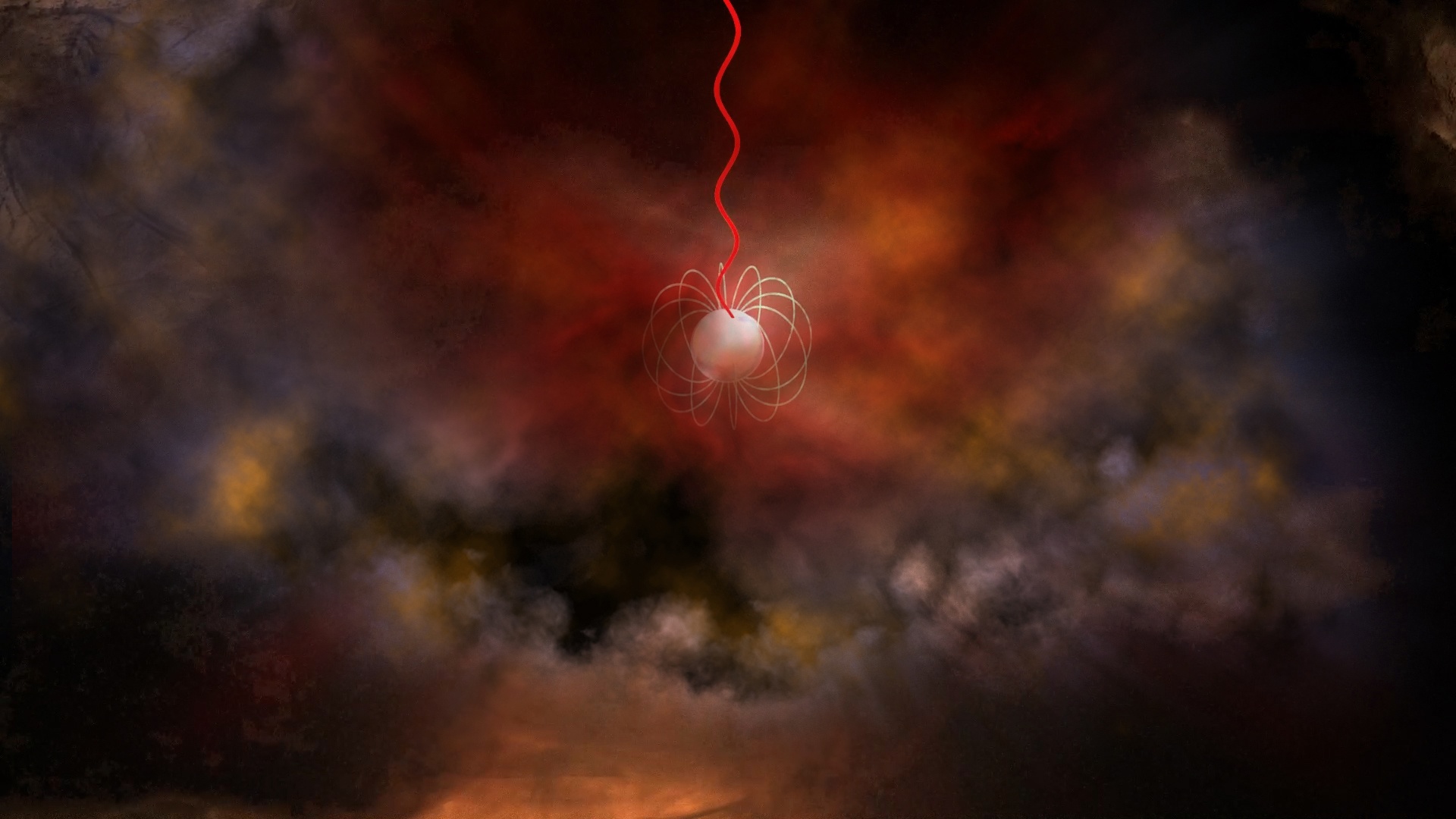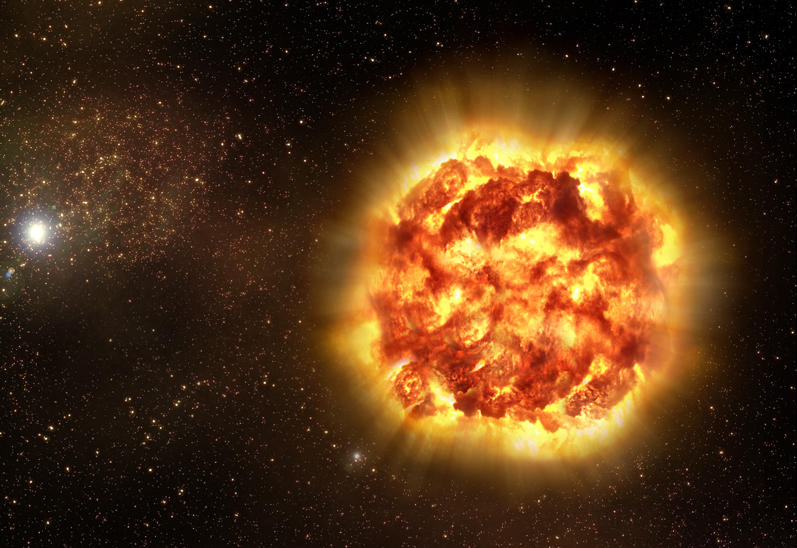[/caption]
Much of astronomical knowledge is built on the cosmic distance ladder. This ladder is built to determine distances to objects in our sky. Low lying rungs for nearby objects are used to calibrate the methodology for more distant objects which are, in turn, used to calibrate for more distant objects and so on. One of the reason so many runs need to be added is that techniques often become difficult to impossible to used past a certain distance. Cepheid Variables are a fantastic object to allow us to measure distances, but their luminosity is only sufficient to allow us to detect them to a few tens of millions of parsecs. As such, new techniques, based on brighter objects must be developed.
The most famous of these is the use of Type Ia Supernovae (ones that collapse just pass the Chandrasekhar limit) as “standard candles”. This class of objects has a well defined standard luminosity and by comparing its apparent brightness to the actual brightness, astronomers can determine distance via the distance modulus. But this relies on the fortuitous circumstance of having such an event occur when you want to know the distance! Obviously, astronomers need some other tricks up their sleeve for cosmological distances, and a new study discusses the possibility of using another type of supernova (SN II-P) as another form of standard candles.
Type II-P supernovae are classical, core-collapse supernovae that occur when the core of a star has passed the critical limit and can no longer support the mass of the star. But unlike other supernovae, the II-P decays more slowly, leveling off for some time creating a “plateau” in the light curve (which is where the “P” comes from). Although their plateaus are not all at the same brightness, making them initially useless as a standard candle, studies over the past decade have shown that observing other properties may allow astronomers to determine what the brightness of the plateau actually is and making these supernovae “standardizable”.
In particular, discussion has been centering recently around possible connections between the velocity of ejecta and the brightness of the plateau. A study published by D’Andrea et al. earlier this year attempted to link the absolute brightness to the velocities of the Fe II line at 5169 Angstroms. However, this method left large experimental uncertainties which translated to an error of up to 15% of the distance.
A new paper, to be published in October’s issue of the Astrophysical Journal, a new team, led by Dovi Poznanski of the Lawrence Berkley National Laboratory attempts to reduce these errors by utilizing the hydrogen beta line. One of the primary advantages to this is that hydrogen is much more plentiful allowing the hydrogen beta line to stand out whereas the Fe II lines tend to be weak. This improves the signal to noise (S/N) ratio and improves overall data.
Using data from the Sloan Digital Sky Survey (SDSS), the team was able to decrease the error in distance determination to 11%. Although this was an improvement over the D’Andrea et al. study, it is still significantly higher than many other methods for distance determination at similar distances. Poznanski suggests that this data is likely skewed due to a natural bias towards brighter supernovae. This systematic error stems from the fact that the SDSS data is supplemented up with follow-up data which the team employed, but the follow-ups are only conducted if the supernova meets certain brightness criteria. As such, their method is not fully representative of all supernovae of this type.
To improve their calibration and hopefully improve the method, the team plans to continue their study with expanded data from other studies that would be free of such biases. In particular the team intends to use the Palomar Transient Factory to supplement their results.
As the statistics improve, astronomers will gain another rung on the cosmological distance ladder, but only if they’re lucky enough to find one of this type of supernova.


